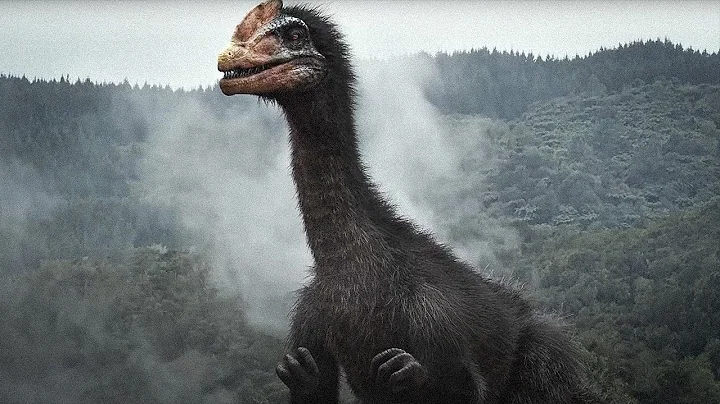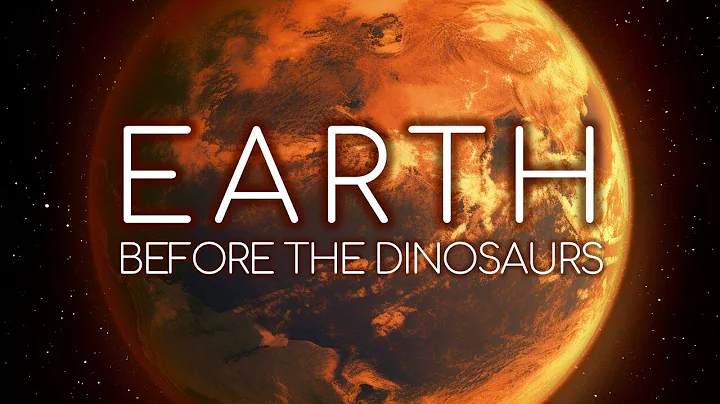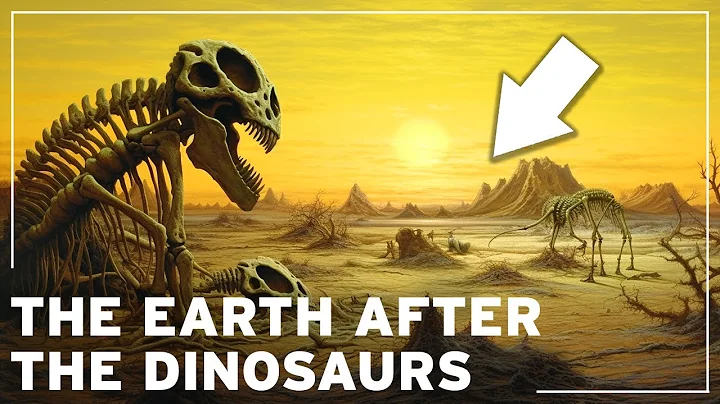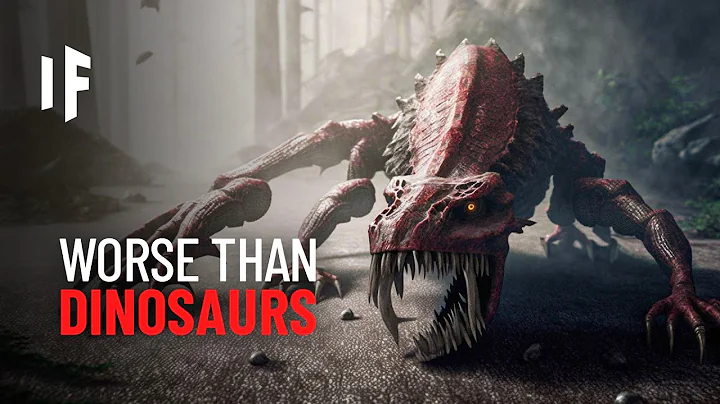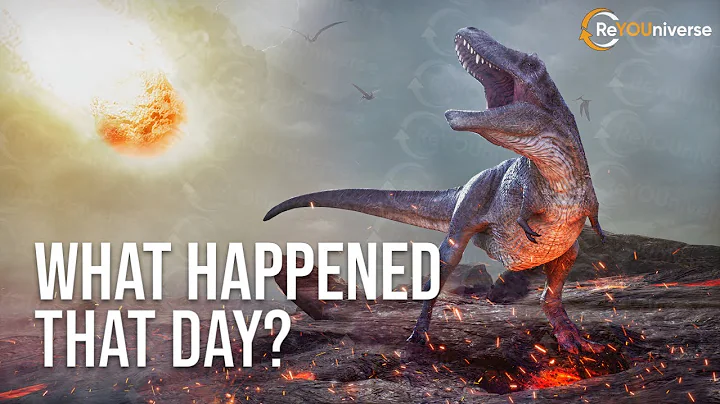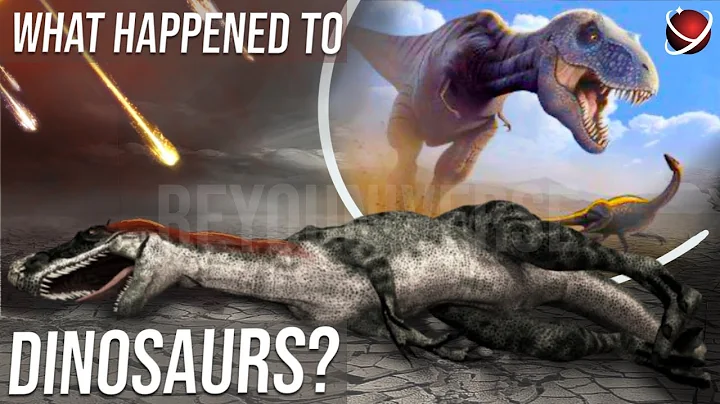
Dinosaurs ruled the world for about 165 million years, and they survived far longer than most other land animals.
They first appeared in the Triassic period about 250 million years ago, and developed greatly in the subsequent Jurassic period .
However, at the end of the Cretaceous period about 66 million years ago, a nearly 10-kilometer-large Chicsuba asteroid struck the northern end of today's Yucatan Peninsula, causing the extinction of the dinosaurs.
But, have they really disappeared from the earth?
In fact, all birds that walk, swim, or fly on Earth are evolutionarily dinosaurs. They are descendants of giant creatures belonging to the same family as Tyrannosaurus rex .
Eugenia Gold, a paleontologist at Suffolk University in Boston, said: "Humans are the evolution of apes, and birds are the evolution of dinosaurs."
Not all creatures we usually think of as dinosaurs are necessarily It's dinosaurs - for example, a series of flying creatures called pterosaurs.

The group of reptiles including pterosaurs evolved before the dinosaurs. What began as small flying creatures evolved into large species with wingspans of over 33 feet, which is about the size of a four-seat Cessna airplane.
Some early pterosaurs may have had feathers, too, as revealed by fossils found in , Brazil. However, pterosaurs do not have any direct descendants among today's animals, and they were all wiped out by the asteroid Chicsub.
With the exception of birds, most other reptiles still alive today also predate the dinosaurs on the evolutionary tree.
crocodile is like this. They evolved before the dinosaurs, and experts divide crocodiles into a larger family.
Strictly speaking, only birds are the only direct descendants of the extinct giant dinosaurs, while crocodiles and alligators are close relatives.
In fact, crocodiles are more closely related to birds than lizards and snakes, Gold said.
As for lizards and snakes, they are closely related, but they evolved earlier than crocodiles and dinosaurs.
While we can say that all birds are dinosaurs, we cannot say that all dinosaurs are birds. Birds are classified as theropods - a clade that includes species such as Tyrannosaurus rex and Velociraptor .
Other major dinosaur groups, such as the sauropods, including the Brontosaurus and others, and the pterosaurs, which include the Stegosaurus and others, are now completely extinct.
The earliest ancestors of modern birds appeared in the Jurassic period and came from an evolutionary branch of theropods called Anchiornis. "Theropods got smaller, their arms got smaller, and their center of gravity changed," Gold said of the evolution of birds over time.
Scientists have long believed that Archaeopteryx was the oldest ancestor of birds. They traced well-preserved feather specimens discovered by German researchers in the 19th century to the late Jurassic period, about 150 million years ago.

Archaeopteryx
However, although Archaeopteryx also came from the Anchiornith group, some people doubted its place in the family tree. Archaeopteryx had different shoulder mobility than birds, and it had teeth. It has a long, well-developed tail, which is a contrasting bird.
Scientists have not yet determined when dinosaur feathers first appeared. If pterosaurs had feathers, some believe that all dinosaurs had some form of feathers, even if they were few or inconspicuous, like the hair on elephants and whales .
"Maybe T. rex had feathers, too," Gold said.
During the Cretaceous period, toothless birds began to appear. The ancient jaw may have first evolved at this time. This clade - the oldest living birds today - includes the ostrich, kiwi, turkey and emu.
Gold said: "When you see an ostrich running, it looks like a dinosaur.

avian clade, which includes ducks and land birds like chickens, and Neopteryx, a clade that includes nearly all other birds today, including penguins , which began rapidly around the time of the major extinction of all other dinosaurs 66 million years ago Diversification.
In other words, experts believe that birds are descendants of dinosaurs, however, it is more likely that they are surviving branches of dinosaurs.
